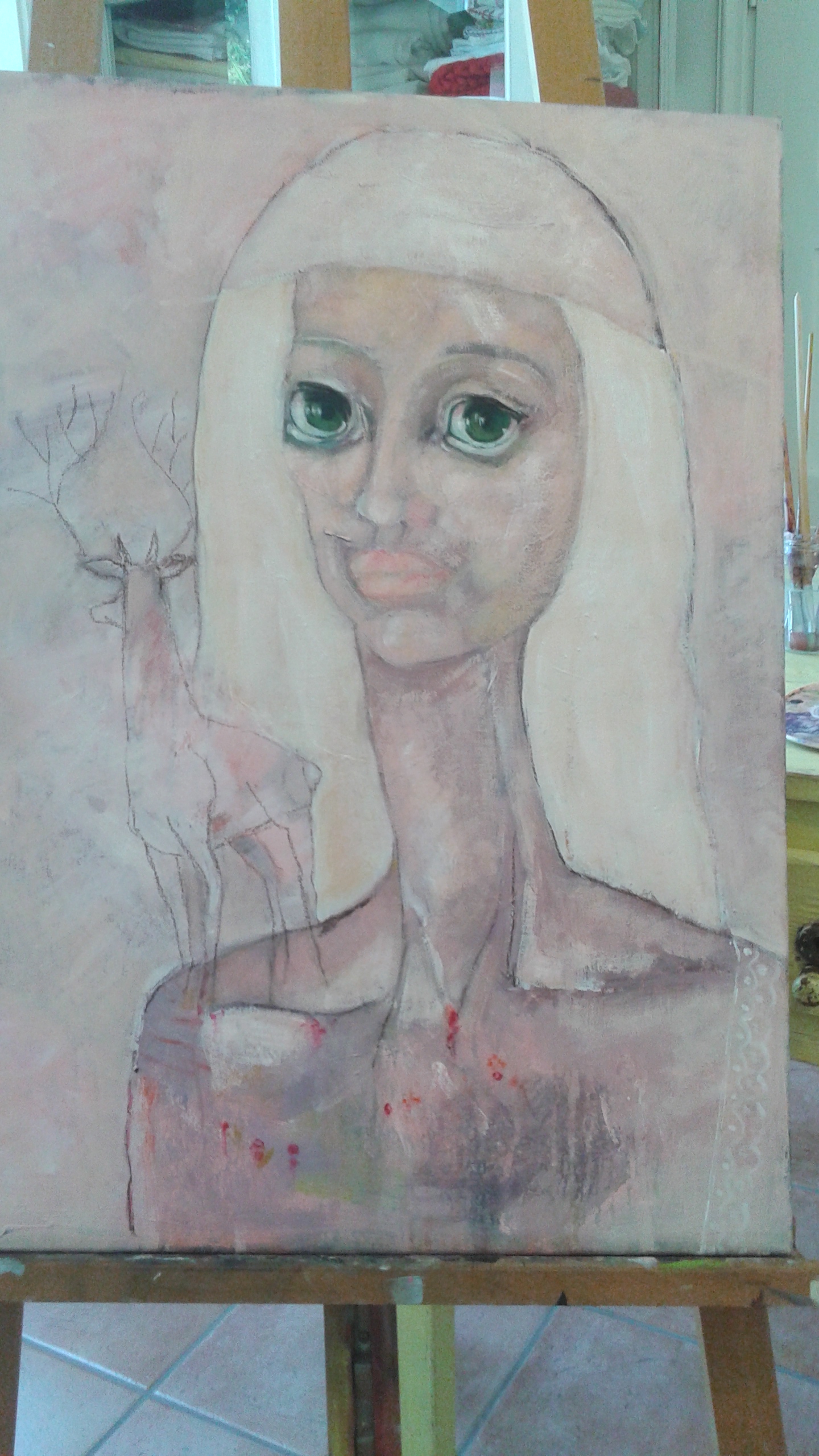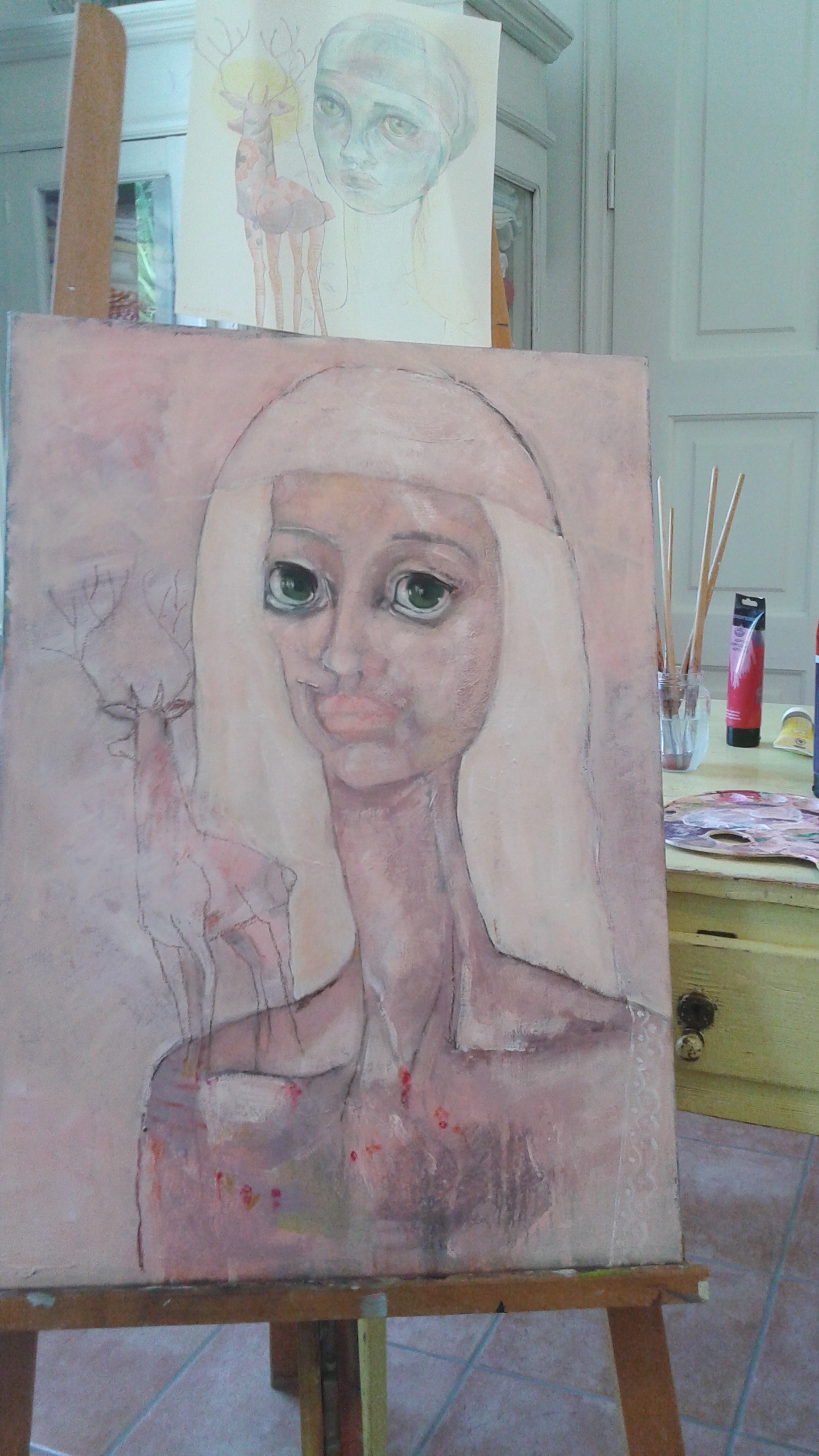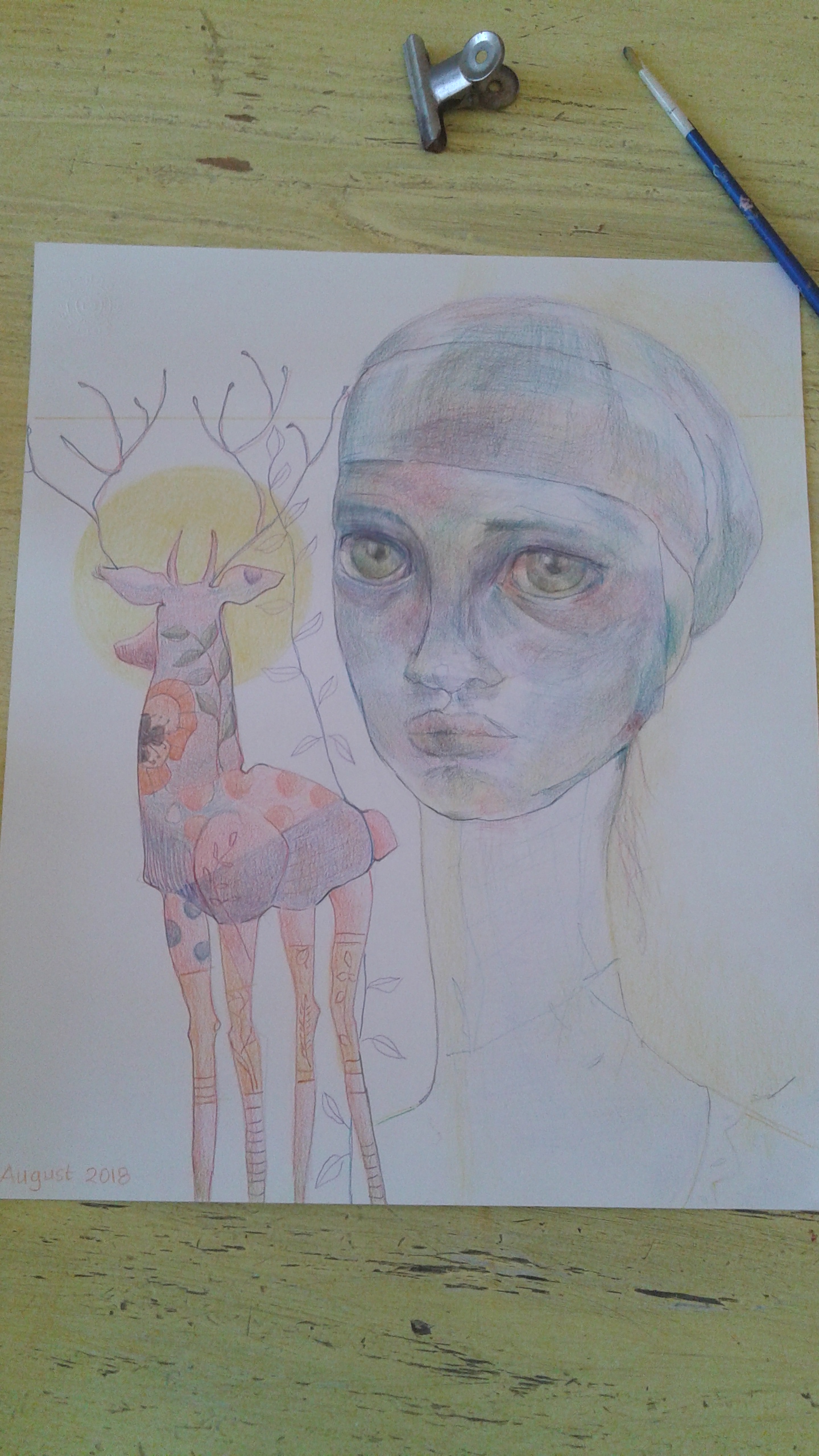A PROCESS
Pinks
Usually when most of us decide to explore early experiences and traumas we more or less think of the process as relatively separate and defined even though we may theoretically know that it interacts with other areas of life and is contextually embedded. We may even harbor certain assumptions to what we will find once we open Pandora’s Box or venture down the rabbit hole. Initially nothing in culture or books prepares us for this merry-go-round ride and the deeper we are prepared to dig the bigger the picture becomes. However, we eventually realise that it is all one. Everything is connected and the deeper we delve the more complex and expansive our life and Life will appear. Our understanding of reality will expand and broaden and deepen, even nature will seem brighter and more alive. We come to viscerally understand that trauma and culture are interwoven and all areas of our life are permeated by the aftermath of our wounds. Our relationships, work and productivity, health, familial life, prosperity, outlook on life, learning, spirituality and creativity are all interconnected and impacted, and furthermore, our experience is interwoven with so much more outside us. There is an undeniable dialectical and dynamic connectivity and permeability. Cultural, individual and familial constructs and imperatives are diluted in the same vast container of water where the different paint brushes rest. Within this context it is easy to understand why denial and resistance to discussing trauma and other issues do not only operate at an individual level, but at a much broader societal level for unraveling trauma unravels the tapestry of societal practices and laws. Discussing trauma and healing is in the end subversive for it shakes boxes and structures open; it sheds light on underlying dynamics and truths; it opens the door to a much bigger reality; it pulls down walls and it liberates energy; it allows us to catch glimpses of a much bigger and different universe; it shakes foundations of hierarchies and false beliefs; it opens doors to new knowing; it increases the chances of awakening; it awakens us to more; it connects us to our spiritual essence and what we knew as children. The deeper we go the more we will discern how and when the plundering and the boxing took place. It eventually all comes together like a thousand piece puzzle falling into place. Taking all this into account, in retrospect one better understands not only their own resistance, to see, know and remember, but also the reactivity and even hostility of their social environment. You finally get why your diaries or little illustrated book or decision to engage in therapy or take up studying again, your projects and interests create such an upheaval, attract aggressiveness and can even lead to martydom. It is not about your own little story, it is about the story of the world. By the time all this becomes apparent you have no choice but to continue to patiently peel off the coverings, pick up the threads, expose yourself to all of it and speak or paint your truth one breath, one step, one word and image at a time.



The place I want to get back to / is where / in the pinewoods / in the moments between the darkness /and first light / two deer came walking down the hill / and when they saw me / they said to each other, okay, / this one is okay,
let’s see who she is / and why she is sitting / on the ground like that, / so quiet, as if asleep, or in a dream, / but, anyway, harmless; / and so they came / on their slender legs / and gazed upon me / not unlike the way / I go out to the dunes and look and look and look / into the faces of the flowers; / and then one of them leaned forward / and nuzzled my hand, and what can my life / bring to me that could exceed that brief moment?
For twenty years / I have gone every day to the same woods, / not waiting, exactly, just lingering. / Such gifts, bestowed, / can’t be repeated. / If you want to talk about this / come to visit. I live in the house near the corner, which I have named /Gratitude (by Mary Oliver)
